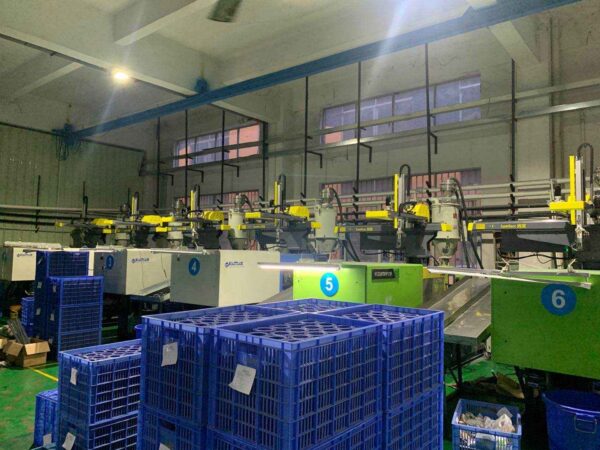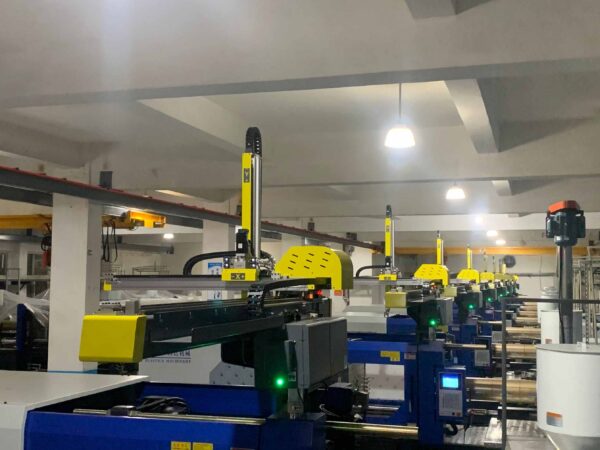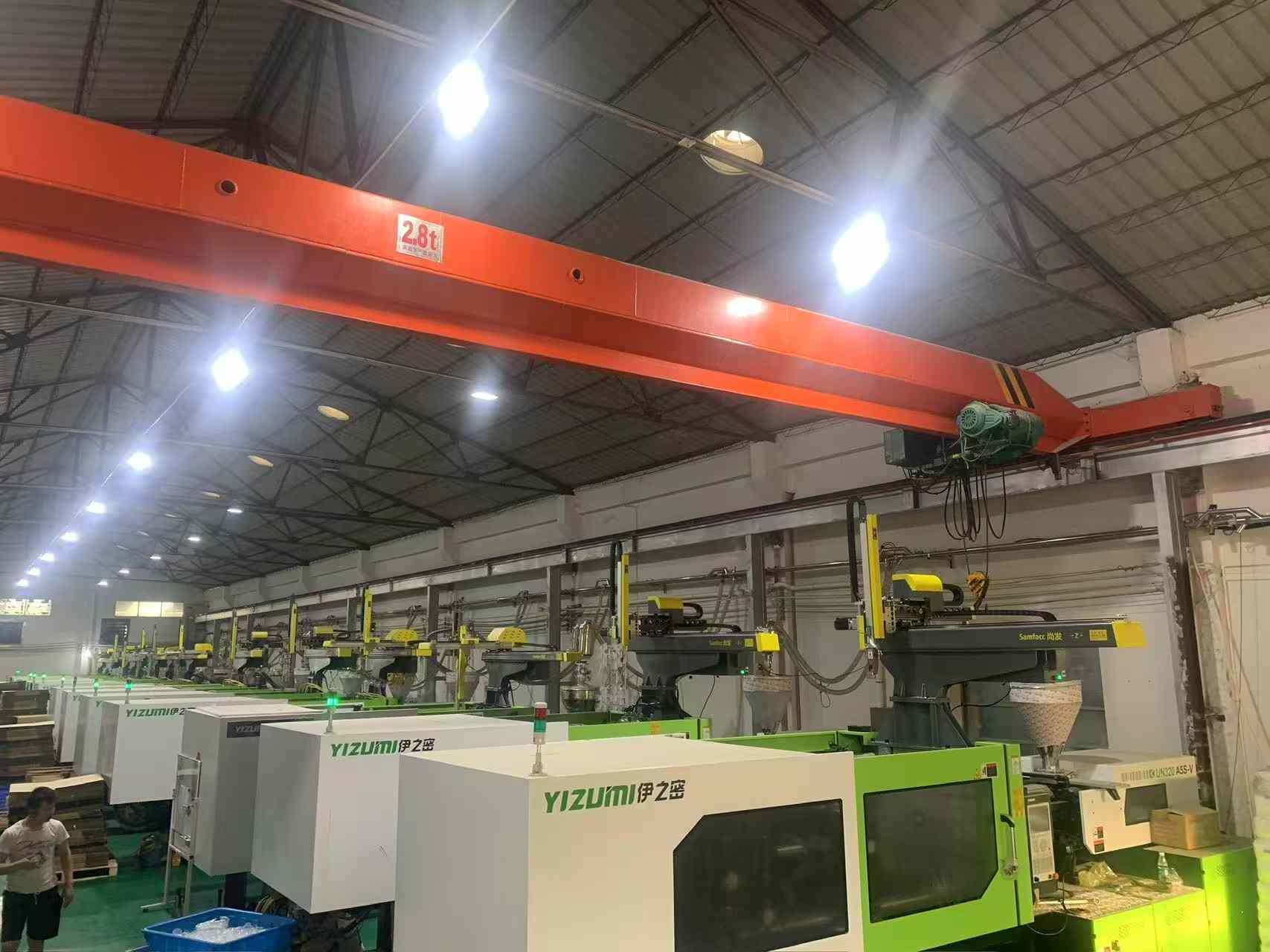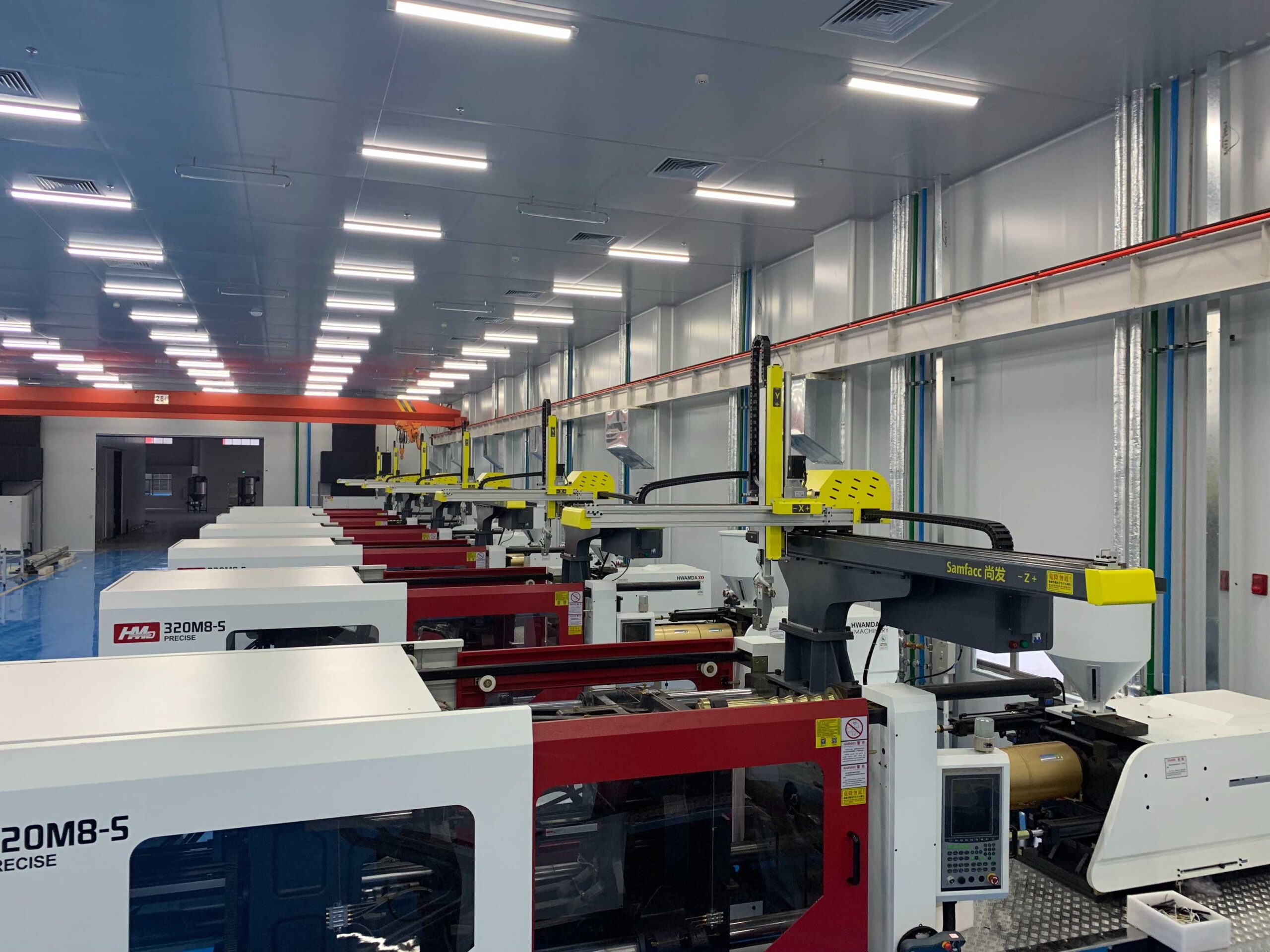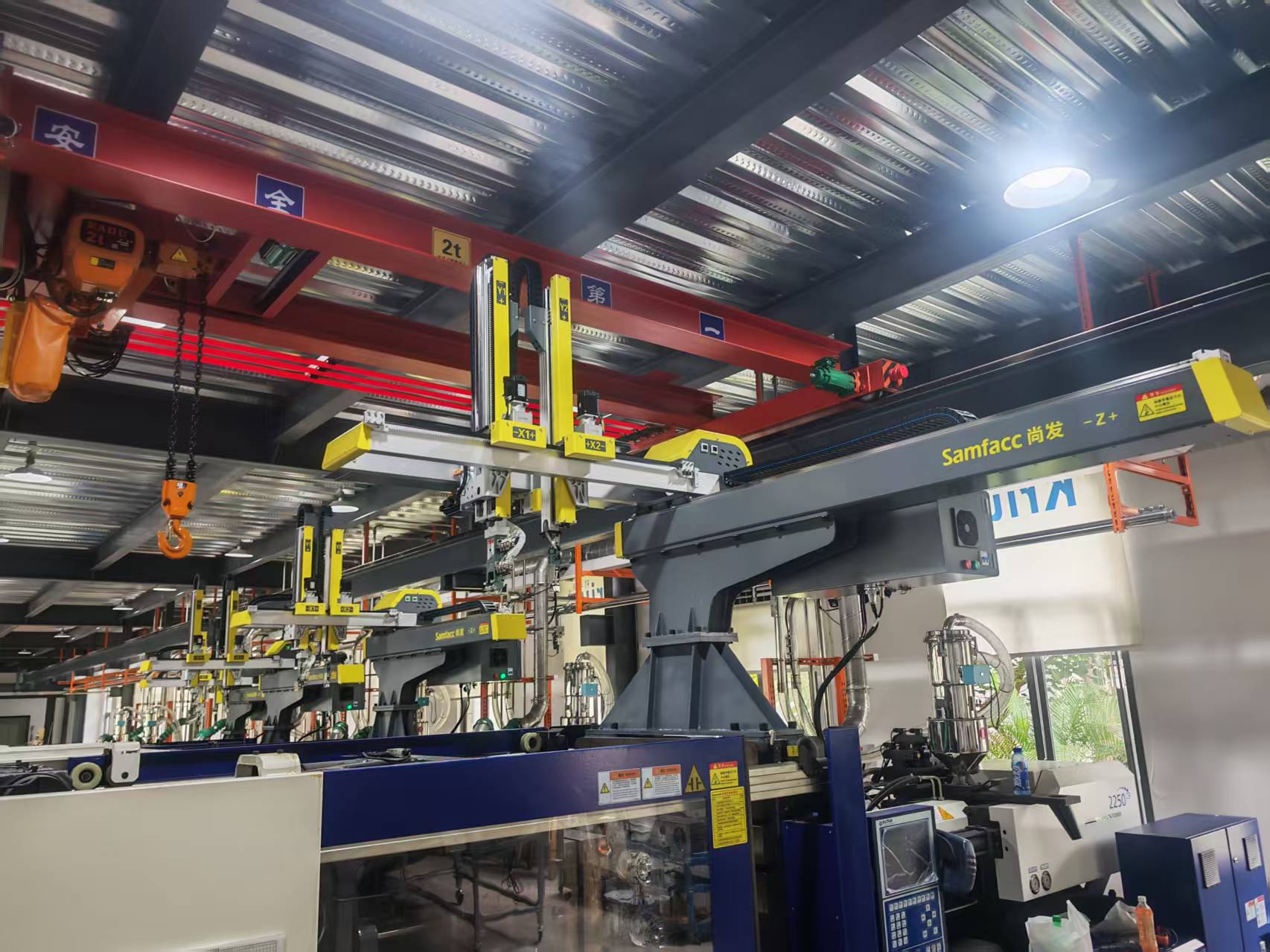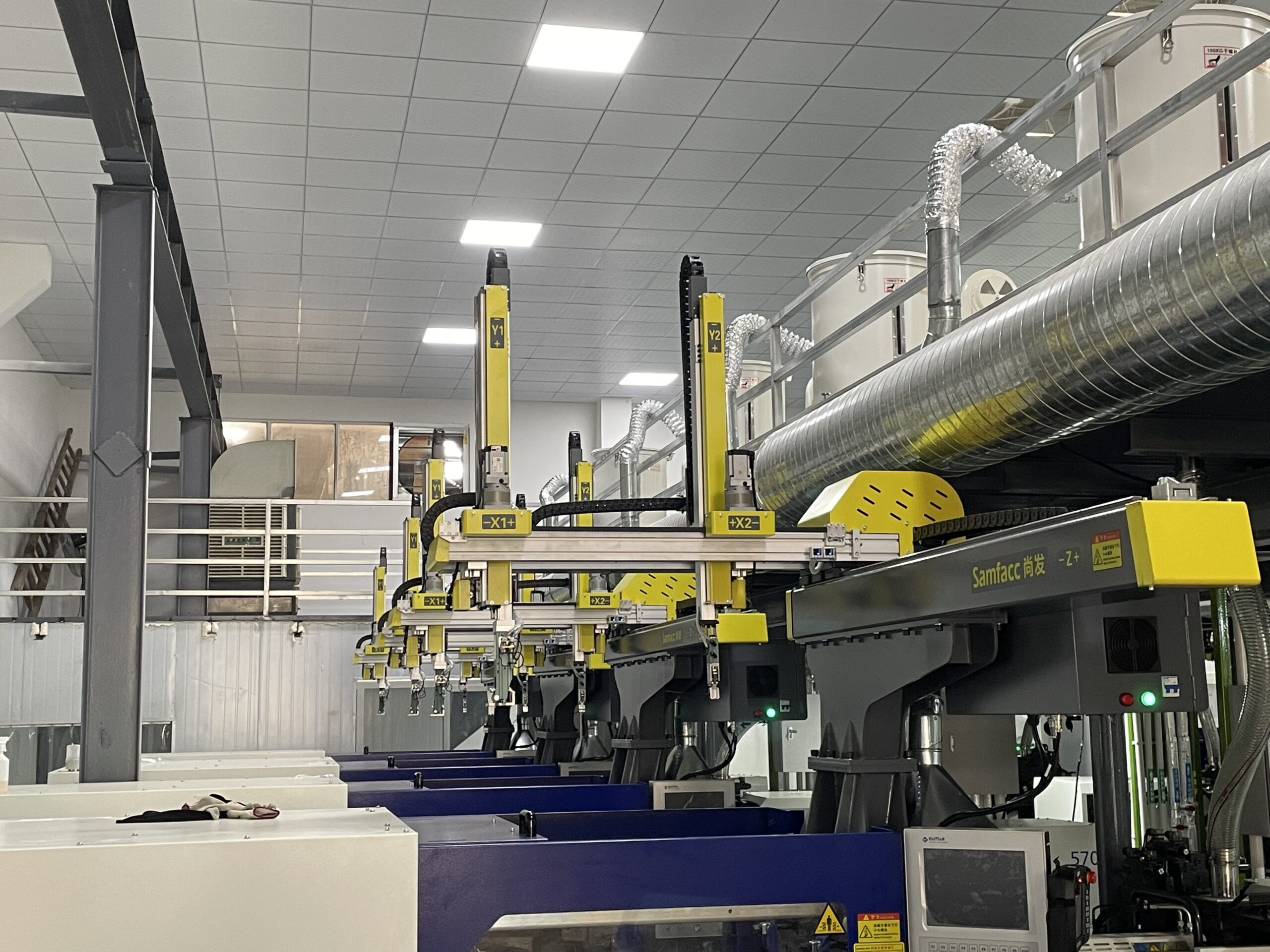In the world of modern automation, the 3 axis robot has become an essential component across industries such as electronics, automotive, and packaging. Its precision and versatility make it a popular choice for businesses seeking efficient solutions to repetitive tasks. But what exactly defines a 3 axis robot, and how does its structure support its movement capabilities?
What Is a 3 Axis Robot?
A 3 axis robot is a robotic system designed to operate along three linear axes: X, Y, and Z. These axes allow the robot to move forward and backward, side to side, and up and down. Unlike multi-axis robots, which can rotate and tilt, a 3 axis robot focuses on linear motions, making it highly suitable for applications that require stable and repetitive operations.
These robots are commonly used in material handling, CNC machining, and pick-and-place tasks because their movement is straightforward and easy to program.
The Core Structure of a 3 Axis Robot
The design of a 3 axis robot is straightforward yet highly functional. It typically includes:
-
Linear Actuators: These are responsible for driving the movement along each axis.
-
Support Frames: The rigid framework ensures stability and accuracy during operations.
-
End Effectors: Tools attached to the robotic arm’s end, such as grippers or suction cups, designed to interact with various objects.
-
Control System: This component interprets programming instructions and manages movement across the three axes.
This simplified architecture not only reduces costs but also makes maintenance easier compared to more complex robots with six or more axes.
How Movement Works in a 3 Axis Robot
Movement in a 3 axis robot is controlled through Cartesian coordinate systems. Each axis corresponds to one dimension:
-
X-axis (left to right) – Horizontal movement.
-
Y-axis(up and down) – Vertical movement.
-
Z-axis (front to back) – Traverse movement.
By combining these three motions, the robot can perform precise operations within a defined workspace. This linear approach is ideal for tasks requiring consistent accuracy without the need for complex articulation.
Key Advantages of Using a 3 Axis Robot
When evaluating robotic solutions, businesses often consider the unique advantages of the 3 axis robot:
-
Cost-Effective: Simpler design reduces manufacturing and maintenance expenses.
-
High Precision: Excellent for applications where exact positioning is critical.
-
Ease of Integration: Can be installed in existing production lines with minimal changes.
-
Reliability: Fewer moving parts result in lower chances of mechanical failure.
These factors make 3 axis robots a go-to solution for small to mid-sized enterprises looking to automate without overspending.
Applications of 3 Axis Robots Across Industries
The versatility of 3 axis robots allows them to serve in multiple industries:
-
Electronics Manufacturing: For PCB handling and assembly.
-
Packaging: Automating packing, sorting, and palletizing tasks.
-
Automotive: Performing linear welding or component placement.
-
Laboratories: Handling delicate samples with precision.
Because their movement is limited to three linear axes, they excel in structured environments where tasks are repetitive and predictable.
Choosing the Right 3 Axis Robot for Your Needs
Selecting a suitable 3 axis robot depends on several factors:
-
Payload Capacity: Ensure the robot can handle the weight of your components.
-
Reach and Workspace Size: Match the robot’s range of motion to your operational space.
-
Speed Requirements: Some applications demand faster cycle times.
-
Compatibility: Consider how well the robot integrates with your existing systems.
Partnering with reputable manufacturers can also provide additional support in programming and customization.
Samfacc High Speed Robot SFK Series: Efficient 3 Axis Servo Solution
The Samfacc High Speed Robot SFK Series is an excellent example of how modern 3 axis robots combine speed and precision. Designed with a single-arm frame structure, it fits injection molding machines from 260T to 500T and achieves production cycles as fast as 3–6 seconds.
Key highlights of the SFK Series include: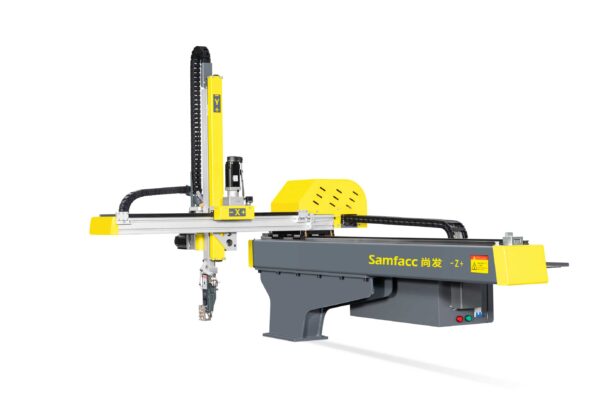
-
Advanced Servo Motor Drive for high-speed operations and multi-cavity applications.
-
Dual-stage Arm Design that minimizes factory height requirements while maintaining strong performance.
-
User-Friendly Interface with touch screen controls and detailed guides, enabling operators to learn quickly.
-
Built-in Safety Features such as anti-collision technology to protect both equipment and personnel.
With ISO 9001 and CE certifications, the SFK Series offers a robust and reliable automation solution tailored for demanding manufacturing environments.
Redefining Efficiency with 3 Axis Robots
For manufacturers aiming to balance speed, accuracy, and cost, the 3 axis robot stands out as a practical choice. Solutions like Samfacc’s SFK Series prove that even within a simplified three-axis framework, it’s possible to achieve high performance in challenging production settings. Choosing the right system isn’t just about automation—it’s about building smarter, safer, and more efficient workflows for the future.


